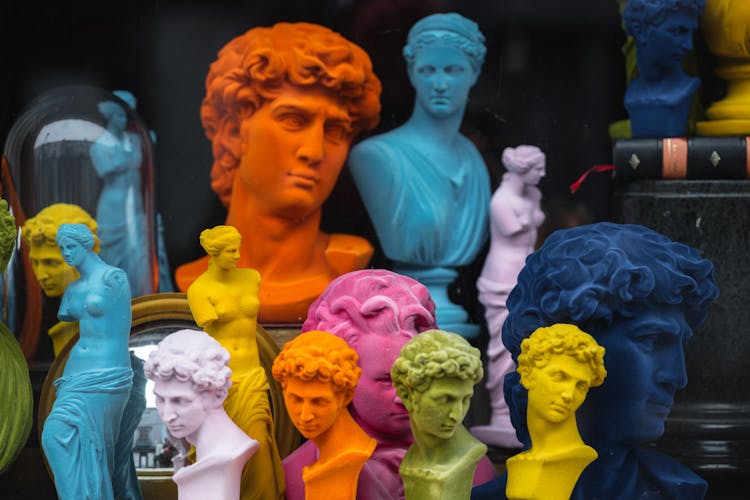All Categories
Featured
Table of Contents
The journey of art collecting stretches as far back as ancient civilizations, where the elite garnished their domains with exquisite pieces that were both a status symbol and a cultural artifact. In temples and royal residences, these collections not only expressed personal wealth but were also seen as a conveyance for religious and social ideologies.
As eras progressed, art collection blossomed during the Renaissance—a pivotal time when art patronage was synonymous with societal prestige. Private collections like those of the Medici family in Florence showcased both the acquired tastes of their owners and their power, lining their halls with masterpieces.
The concept of public access to these private collections became more common in the Enlightenment era, emphasizing education over mere ownership. This transition paved the way for the museum culture we recognize today, transforming private collections into public legacies.
Exploring the Various Types of Art Collections
Art collections can be immensely diverse, varying significantly based on their foundational purpose. Some collectors, like the nobilities of Europe, amassed works that later became foundational to national museums. Others, such as corporate organizations, collect art to enhance their business environment and foster a cultural engagement among their stakeholders.
Personal collectors often begin collecting out of pure aesthetic appreciation, but over time, their focus might shift towards strategic acquisition—considering aspects like historical importance and potential appreciation in value. This shift characterizes the maturation of a collector's expertise and involvement in the art world.
Museums, on the other hand, curate collections that provide educational insights, offer cultural preservation, and engage communities. Each collection, whether public or private, tells a story of tastes, interests, and historical epochs that said, the understanding of art itself evolves through these collected works.
Beginning Your Own Art Collection
Starting an art collection is not merely about purchasing objects of art; it's about embracing a philosophy of appreciation and preservation. Aspiring collectors should first immerle themselves in the art world through museums, exhibitions, and books. Understanding personal taste and gradually acquiring knowledge about the styles, periods, and artists is crucial.
Financial aspects are equally paramount; beginner collectors need to be aware of market trends, authentication processes, and the long-term maintenance of artworks. Insurance, proper storage, and conservation are fundamental to preserve the art's value and condition.
Here are some excellent resources for beginners seeking to navigate the art world available at Art Research Guide which offers detailed guidance on starting and handling art collections.
Role of Museums in Art Collection
Museums not only act as guardians of cultural heritage but also influence the trends and standards within the art collecting community. They curate pieces that offer both aesthetic pleasure and educational value, thereby setting benchmarks for quality and historical importance.
The role of museums extends to conducting research, preserving artworks, and providing an educational resource that enriches public knowledge and appreciation of art. Museums like the Louvre and the Smithsonian set the highest standards for collection management and exhibition, inspiring private collectors and other institutions alike.
To explore some of the seminal works that have defined museum collections, consider reviewing sources like The Louvre: All the Paintings, which catalogs every painting displayed in the world's most visited museum.
What are the advantages of starting an art collection?
How do museums influence private and public art collections?

More Content
Latest Posts
Exploring the Roots of Digital Age Isolation
Unlocking Your Potential The Power of Growth Mindset
Mastering the Art of Diamond Ring Care